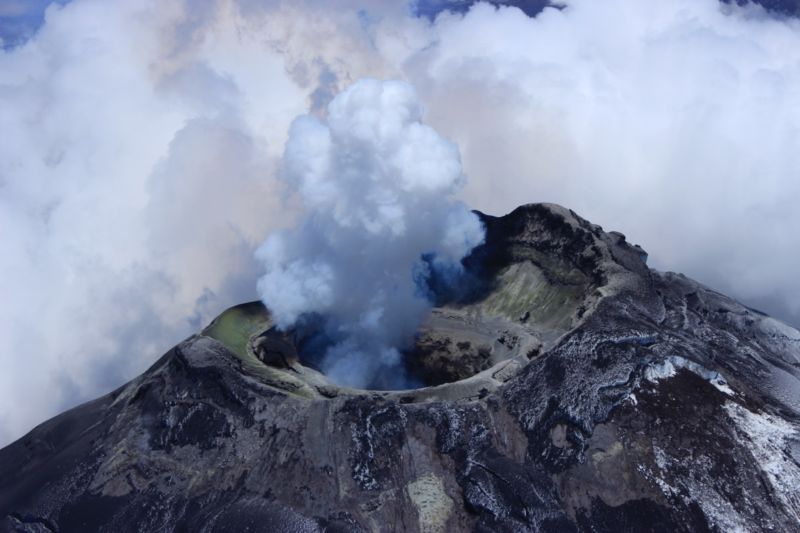Scientists look to music of volcanos to better monitor eruptions

Enlarge / The Cotopaxi volcano in Ecuador is "the largest pipe organ you've ever come across." (credit: Silvia Vallejo Vargas/Insituto Geofisico, Escuela Politecnica Nacional (Quito, Ecuador).)
Hawaii's Kilauea volcano, which has been spewing lava since May, gave a few key clues to scientists that an eruption might be imminent. Now, it looks like sound might prove to be another useful tool in the volcanologist's monitoring arsenal. By mapping out its unique "voiceprint," researchers could track any significant changes in activity deep within the volcano, per a recent paper in Geophysical Research Letters.
Volcanos make their own kind of music, typically emitting a lot of rumblings in the infrasound regime. These are low-frequency sound waves just below the range of human hearing, bottoming out around 20 Hz. By placing special microphones in the vicinity of a volcanic crater, it's possible to monitor the infrasonic sounds coming from within.
This is relevant to eruption prediction because those signals seem to get stronger just before a volcano blows, as with the 1998 eruption of Japan's Sakurajima volcano, or the 2015 eruption of Cotopaxi in Ecuador.
Read 5 remaining paragraphs | Comments